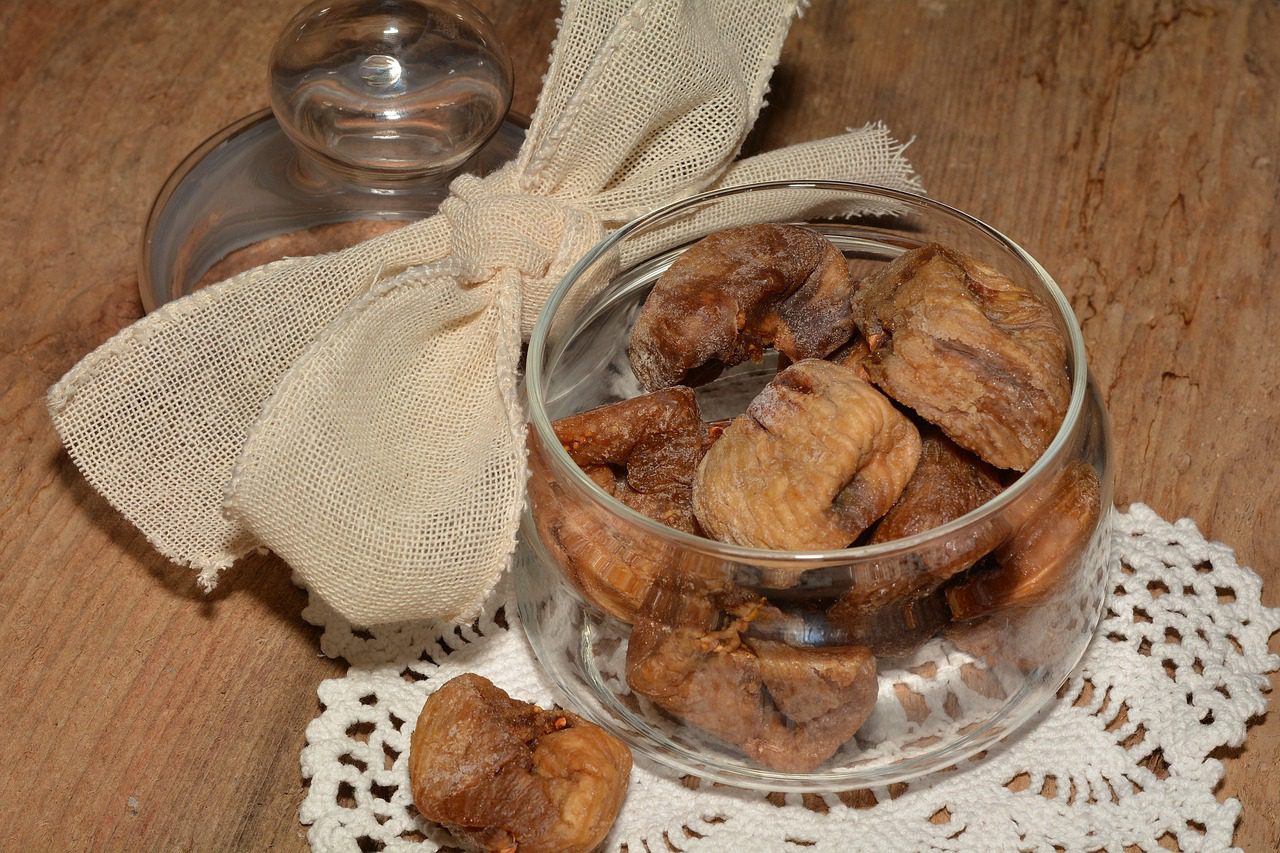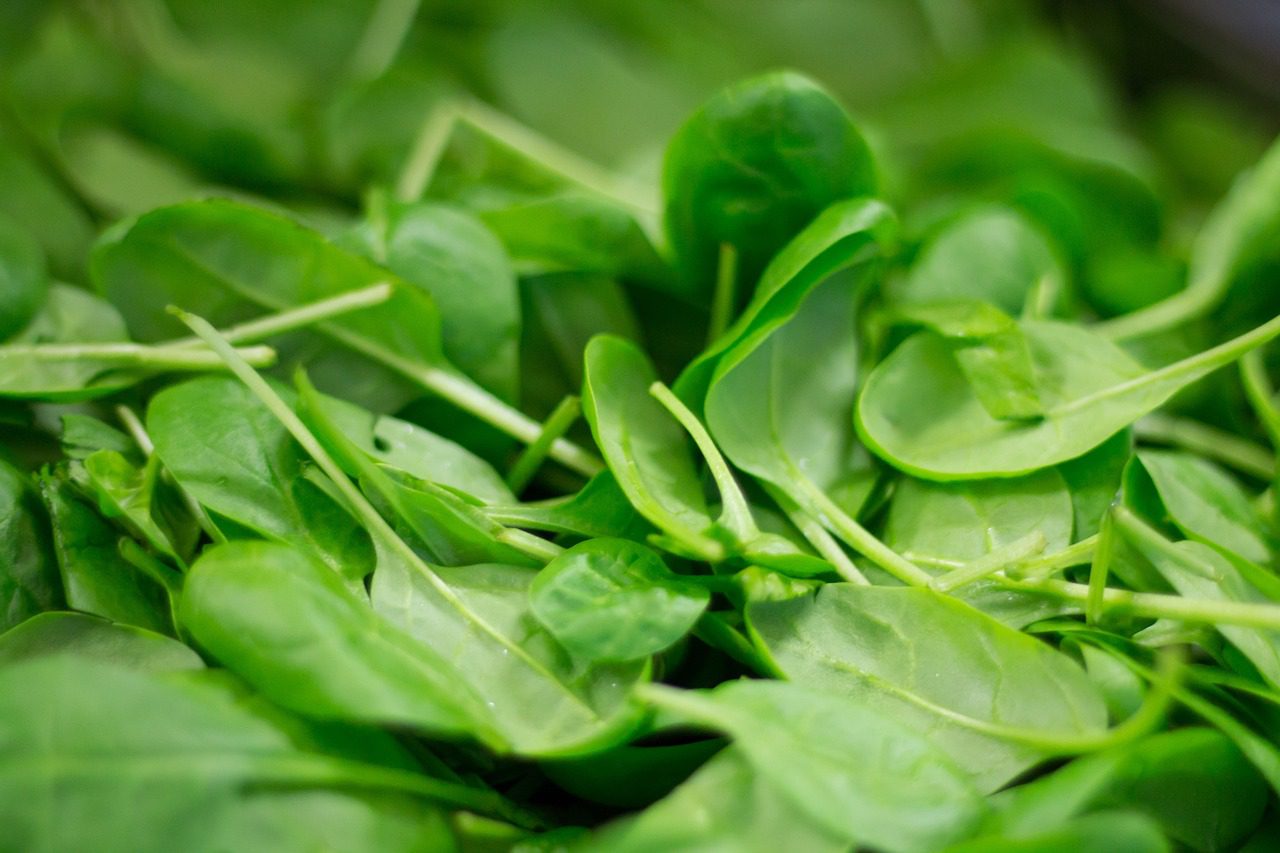Calories of dried figs: Dried figs are a popular breakfast and ingredient in many recipes, but often confusion about their calorie content and health benefits. Many people are unsure about how many calories do dry figs and whether are they a healthy addition to their diet. This uncertainty can either cause excessive intake or avoidance of dry figures, which may not be ideal for those who wish to maintain a balanced diet.
Excited: Wrong notions and discounted opportunities
A wrong understanding of dry fig’s calorie content can lead to unexpected results for those who monitor their calorie intake, such as individuals on weight management plans. Some people can completely avoid dry figs due to their concerns about their sugar content, leaving many dried figs with health benefits dried figs. It contains fiber, essential vitamins & minerals that are beneficial for overall health. Without clear information about the benefits of eating 2 dried figs &, individuals will not fully understand how to effectively incorporate this nutritious fruit into their diet.

Solution: A comprehensive guide to dry figs
This detailed blog-dried fig calories will provide all the necessary information about how to enjoy them as part of their health benefits and healthy diet. By understanding the 2 calories in dry fig and dried fig health benefits, you can make informed options about incorporating dry figs in your meals and breakfast.
Must read: Best Way To Increase Height Very Fast
Dry fig nutrition profile
Calories in dry fig
Dried fig nutrients are a concentrated source, which also contains calories. Water goes out in the drying process, which focuses on sugars and nutrients. Understanding the calorie content is important for people who need to keep an eye on their intake.
Dried Figs contain about 100-110 calories: on average, 2 dried figs (about 40 grams). This makes them relatively calorie-dense fruits, so part control is important if you’re keeping an eye on your calorie intake.
Macronutrients in dry figs
Dried figs are rich in carbohydrates, mainly from natural sugars, and provide a slight amount of protein and fat.
- Carbohydrate: Dried figs contain about 26 grams of carbohydrates per 40 grams of serving, including both sugars and diet fibers.
- Sharks: Naturally found sugars in dry fig make up most of their carbohydrates, serving about 20 grams per 40 grams.
- Fiber: An important advantage of dry figs is their dietary fiber content, which is about 4 grams per serving. It is beneficial for digestive health and helps maintain a feeling of satiety.
- Protein: Dried figs contain about 1-2 grams of protein per serving, which contributes to their overall nutrition profile.
- Fat: They’re low in fat, less than 0.5 grams per serving, making them a heart-healthy breakfast option.
Micronutrients in dry fig
Dried figs are also a good source of various vitamins and minerals:
- Calcium: Required for bone health, provide about 50 mg of calcium in 40 grams of servings per 40 grams of servings.
- Potassium: Important, dry figs per serving provide about 200 mg of potassium per serving for blood pressure regulation.
- Ferrous: Dried figs contain about 0.5 mg of iron per serving, which is beneficial for maintaining healthy blood levels.
- Magnesium: They provide about 25 mg of magnesium per serving, which supports muscle and nervous function.
- Vitamin K: Blood clots are required for freezing and the health of bones, dry figs provide a minor amount of this vitamin.
Health Benefits of Eating Dry Figs
Digestive Health
One of the most important health benefits of dry figs is the high fiber content in them. The dietary fiber present in the fig fiber promotes healthy digestion by adding bulk to the stool, which helps prevent constipation and promotes regular stool renouncement. Fiber also works as a prebiotic, which feeds beneficial intestine bacteria and supports healthy intestine microbiome.
Bones Health
Dried figs are a good source of calcium, which is important for maintaining strong bones and teeth. They also contain magnesium and phosphorus, which are important for the construction and maintenance of bones. Including dry figs in your diet can contribute to overall bone health, especially for those who don’t consume enough dairy products.
Heart health
The combination of potassium and low sodium ingredients in dry figs makes them beneficial for heart health. Potassium helps control blood pressure by resisting the effects of sodium. Additionally, fiber present in dry fig can help lower cholesterol levels, which helps to improve heart health even further.
Antioxidant properties
Dried figs contain antioxidants such as polyphenols and flavonoids, which help protect the body from oxidative stress. these antioxidants neutralize free particles,
Weight management
Despite relatively calorie-dense, a dry fig weight management plan may be part of, it when consumed in moderate amounts. Fiber present in the fig helps to promote satiety, which reduces the chances of eating more. Dried figs natural sweetness can also help to satisfy the craving for eating sweets, making them a healthy alternative to processed snacks.
Blood sugar regulation
Although dry figs have natural sugars, the fiber present in them helps to slow the absorption of sugars in the bloodstream. This can help prevent increased blood sugar levels, making it a suitable snack option for individuals with fig diabetes, when consumed in moderate amounts.
How to include dry figs in your diet
Dried figs are versatile and can be enjoyed in a variety of ways. Here are some ideas:
As snack
Dried figs make a convenient and nutritious breakfast for themselves. Their natural sweetness can satisfy cravings and provide quick energy.
In salad
Add dried figs cut into salad for taste and texture. They match well with leafy greens, nuts & cheese.
In baking
Dried figs can be used in baking to add natural sweetness and moisture to cakes, cookies & bread. They’re also a great addition to Granola Bar and Energy Bytes.
In cooking
Dried figs can also be used in salty recipes, such as combined with meats like stuffing, sauces chicken, or pork.
In smoothie
Mix the dry fig in a smoothie to increase additional sweeteners and nutrients. They match well with fruits like bananas, berries & apples.
With breakfast
Include dry figs in oatmeal, yogurt, or grain in your breakfast. They provide a delicious way to start the day with nutritious food.
Suggest eating dry fig
While dry figs provide many health benefits, it’s important to eat them moderately due to their calorie density. Here are some suggestions:
- Part Control: Take care of the size of the part, especially if you’re keeping an eye on your calorie intake. A serving size of 2 dry figs is a good beginning.
- Mix with other foods: Make dry figs a more balanced breakfast by mixing them with protein or healthy fat sources, such as nuts or yogurt.
- Hydration: Since dried figs are thick, they can be fairly sweet. Eating them mixed with water or hydrating food can help balance their sweetness and keep you hydrated.
- Note on additional sugars: some commercially available dry figs may have additional sugars. Check the label always to make sure you’re eating natural dry figs without any extra sweetness.

Conclusion on Calories of dried figs | Benefit of eating dried figs
There is a food rich in dry-fig nutrients that provide a variety of health benefits. By understanding the benefits of eating calories and dry figs in 2 dry figs, you can make informed decisions about incorporating them into your diet. Whether you want to support digestive health, bone health, heart health, or simply enjoy a naturally sweet breakfast, dry figs are a versatile and nutritious choice. Remember to eat them in moderate amounts and mix them with foods rich in other nutrients for a balanced diet. By doing this, you can enjoy the dried fig health benefits perfectly and make the maximum benefit of this delicious and beneficial fruit.
You can also read: Lower Body Exercises Without Equipment
FAQ on Calories in 2 dried figs | Dried fig health benefits
How many calories do 2 dry figs have?
Dried figs are calorie-dense foodstuff because water is extracted during the drying process, making their sugars and nutrients concentrated. On average, 2 dried figs (about 40 grams) contain about 100-110 calories. This makes them relatively calorie fruit, so part control is important, especially if you’re monitoring your calorie intake.
What is the macronutrient material in dry fig?
Dried figs are mainly made of carbohydrates, which contain a small amount of protein and very low fat.
- Carbohydrates: about 26 grams, which has natural sugars as major components.
- Sugar: Dried figs contain about 20 grams of natural sugars per serving.
- Dietary fiber: They provide about 4 grams of dietary fiber, which supports digestive health.
- Protein: Dried fig contains about 1-2 grams of protein per serving.
- Fat: They contain fat low, less than 0.5 grams per serving.
What are the main vitamins and minerals found in dry figs?
Dried figs are a good source of several essential vitamins and minerals, including:
- Calcium: About 50 mg per 40 grams of serving, supports bone health.
- Potassium: about 200 mg per serving, beneficial for heart health.
- Iron: about 0.5 mg per serving, important for blood health.
- Magnesium: about 25 mg per serving, helps muscle and nervous function.
- Vitamin K: present in medium amounts, necessary for blood clots and bone health.
Is there a good source of dry fig diet fiber?
Yes, the dried fig diet is an excellent source of fiber. 40 grams of serving (about 2 dried figs) contains about 4 grams of fiber. This diet helps regulate the fiber digestive system, promotes a feeling of perfectness, and supports healthy cholesterol levels. Including fiber-containing foods like dry figs in your diet can help keep the digestive system healthy and help in weight management.
What are the health benefits of eating dry figs?
The benefits of eating dry figs are beyond their nutritional elements. Here are some of the major health benefits of dry fig:
- Digestive Health: High fiber content in dry figures helps maintain a healthy digestive system, prevent constipation & promote regular stools.
- Bone health: are rich in dried fig calcium and magnesium, which are necessary to maintain strong bones and teeth. This makes them a valuable food for individuals supporting bone health, especially if they consume less dairy products.
- Heart Health: Potassium in dry fig helps control blood pressure, while fiber can help lower cholesterol levels. These factors contribute to overall heart health.
- Antioxidant properties: Dried figs contain antioxidants such as polyphenols and flavonoids, which help protect the body from oxidative stress and reduce the risk of chronic diseases.
- Blood sugar control: Despite its natural sugar content, the fiber present in dry fig helps to slow the absorption of sugars, which can help maintain stable blood sugar levels.
Is the dry fig weight suitable for management?
A dried fig weight management plan may be part of the dry intake when consumed. Although they are relatively calorie-dense, the high fiber content satiety that they present in them can boost and reduce the total calorie intake by making you feel filled for a long time. However, it’s important to take care of the size of the part to avoid excessive calorie consumption.
Can dry fig blood sugar help to manage levels of?
This can prevent a bounce in blood sugar levels, making it a suitable snack option for individuals with dry fig diabetes, when consumed in moderate amounts.
How can I include dry figs in my diet?
Dried figs are versatile and can be enjoyed in a variety of ways:
- As Snack: Enjoy the dry fig in yourself as a convenient, naturally sweet breakfast.
- In the salad: Put the dried figs cut in a salad for sweet and chewing contrast.
- In baking: Use dry figs in baking to add natural sweetness and moisture to cakes, cookies & bread.
- In cooking: include dried figs in salty recipes, such as with meats like stuffing, sauces, or chicken or pork.
- In Smoothie: Blend dry figs for a smoothie rich in nutrients.
- With breakfast: Put dry figs in oatmeal, yogurt, or cereals for a nutritious start to the day.
Are there any possible losses from eating dry figs?
Dried figs provide many health benefits, but due to their high natural sugar content, they should be consumed moderately. Over-intake can lead to excessive calorie intake, which may not be ideal for those taking a calorie-restricted diet. Additionally, individuals with digestive problems
You can also read:
What is the difference between weight loss and fat loss?
How Can You Use ChatGPT to Make Money Online
Which is the best Software Engineer or Full Stack Developer?
The Future of Blogging After ChatGPT: Will AI Kill Blogging?









Leave a Reply